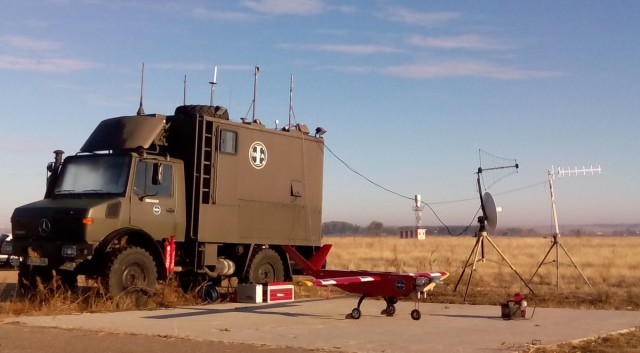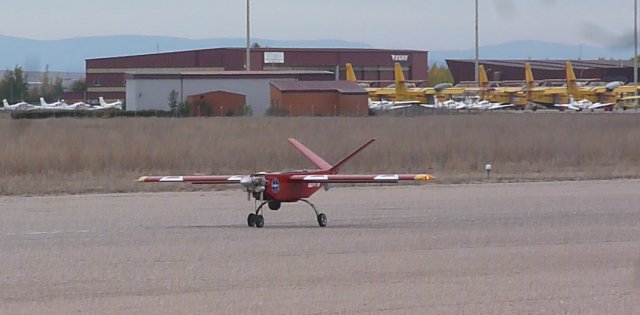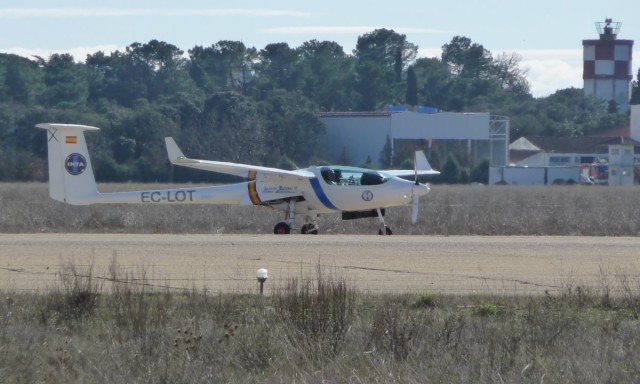The lack of harmonized regulatory framework and the difficulties in the safe integration of RPAS in non-segregated airspace, are hindering the development of these systems, reducing therefore the scope of their applications. In order to acquire expertise on the main topics of this integration, the SESAR JU launched in 2013 a call for demonstration activities and the project DEMORPAS was one out of nine selected.
This project incorporates the main stakeholders normally involved in the process: designers, airspace users, air traffic controllers and the Air Forces. The consortium created is a multidisciplinary team of different companies and institutions, ISDEFE (Project Coordination), CRIDA, ENAIRE, FADA-CATEC and INTA (National Institute for Aerospace Technology) with the collaboration of the Spanish Air Force.
The project has been divided in three phases:
– Definition phase, in which the team has defined air traffic management procedures both for nominal and emergency situations. It was also required a modification of the RPAS ALO, developed by INTA, in order to implement the functionalities required for the operations.
– Validation phase, where the concept was to be proved in real flight operations with the ALO system and manned aircraft.
– Conclusions phase, where conclusion are to be submitted to SESAR representatives.
The definition and development phase have successfully being concluded with the flight test performed during two flight sessions between 23.10.15 and 23.11.15 at the airport Matacán, located near Salamanca.
Initial flight sessions: ALO performed the flights in autonomous mode including taxi, take off, climb and cruise to the work area defined. As the flight proceeded, the RPAS was controlled by the different ATC units (Ground, ATC Salamanca and Madrid ECAO in route). Once in the work zone (a polygonal area extending 30 and 65 Km East of the Airport), several emergencies were simulated, such as Data Link loss, GPS failure and partial engine failure. The flight was controlled by the ATC military units supported by the civil controllers at Madrid Control Center and the ENAIRE Operations Directorate. No manned aircraft was included in these flights.
Final flight sessions: The operations were performed with the RPAS ALO and the experimental aircraft STEMME S-15 INTA, manned by two majors of the CLAEX (Logistics Center Armaments and Experimentation) of the Air Force. Both aircrafts were sharing the same air space. The flight included the operation under simulated emergencies and a trajectory conflict between the two aircrafts. The emergencies were solved by the air traffic controller in accordance with the procedures defined.
The DEMORPAS consortium is now drafting the relevant conclusions regarding the integration of RPAS in non segregated airspace. The project will end in the first quarter of 2016 with the final review and submission of results to the SESAR program representatives. These conclusions will also be provided to international organizations and presented in various international fora.
Source: Press Release



